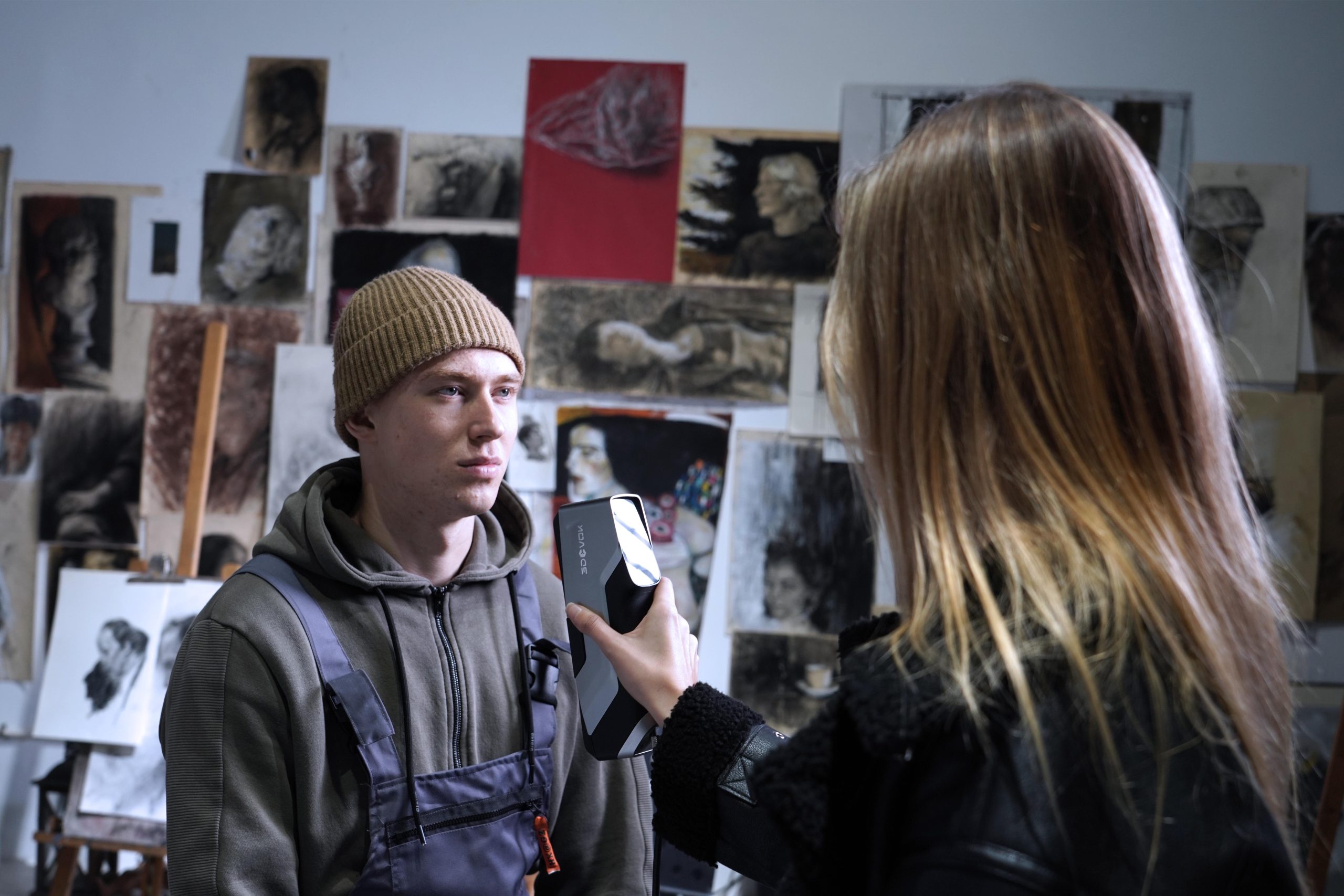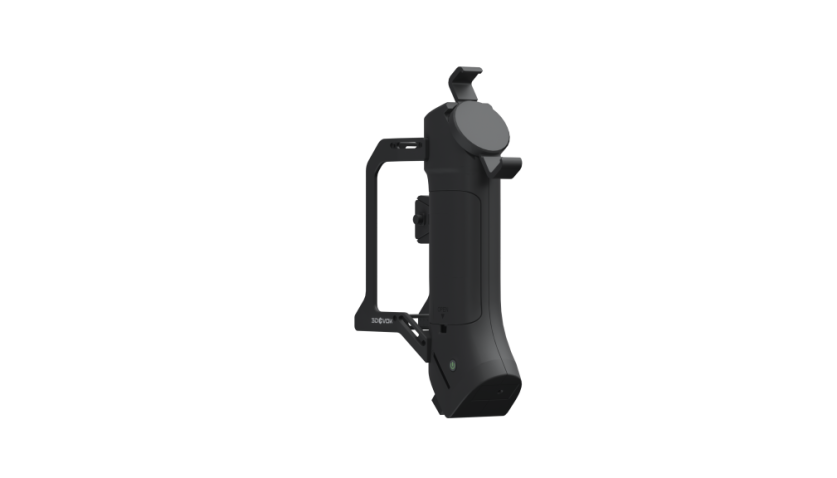Exploring the Potential of 3D Body Scanning in Modern Applications
04/23/25

3D body scanning has a wide range of applications that extend far beyond traditional uses. In the entertainment industry, it is used to create realistic digital doubles for films, TV shows, and animations. These lifelike models allow for detailed visual effects, enabling directors and animators to produce seamless digital replicas of actors and stunt performers. The technology ensures that every detail—from facial expressions to body movements—is accurately captured, resulting in lifelike characters that can interact in virtual environments.
In addition to entertainment, the medical field benefits greatly from 3D body scanning. It is being used to assist in rehabilitation, where doctors can create precise models of a patient’s body to develop personalized treatment plans or prosthetics. The data collected from 3D scans can also be used to monitor a patient’s progress over time, making it easier to adjust treatment methods based on accurate, real-time information.
One of the most fascinating uses of this technology is in the creation of 3D-printed art portraits. Artists and designers use 3D body scanning to capture the intricate details of a subject’s body and turn them into beautiful, realistic sculptures. The level of precision this technology offers is unparalleled, allowing for intricate designs that would otherwise be impossible to achieve manually.
Tackling Challenges in Detailed Scanning
Although the benefits of 3D body scanning are immense, there are challenges that need to be addressed to ensure optimal performance in all scenarios. One common issue in human body scanning is capturing fine details, especially when dealing with hair or black surfaces. Traditional scanners may struggle to accurately capture these intricate features, leading to incomplete or inaccurate scans.
To overcome this, we have developed an advanced hair/black material enhancement scanning mode that improves the scanner’s ability to capture these details. This mode is specifically designed to focus on hair and dark materials, ensuring a more complete and accurate 3D representation. This enhancement makes it possible to scan individuals with varying hair types, including fine or curly hair, as well as those wearing dark clothing or accessories, without sacrificing accuracy or detail.
Ensuring Stability and Accuracy in Scanning
Another major challenge in 3D body scanning involves the stability of the subject being scanned. A slight movement during the scanning process can result in misalignment, leading to errors in the final model. To address this, we have implemented a scanning stability algorithm that automatically compensates for any small movements during the scanning process. This ensures that even if the subject shifts slightly, the scan remains accurate and the resulting model retains its integrity.
The combination of our hair enhancement mode and scanning stability algorithm ensures that our 3D body scanning technology delivers the highest quality scans, even in the most challenging conditions. Whether the subject is moving, wearing complex clothing, or has intricate hair details, our scanners ensure precision and clarity every time.
Conclusion
In conclusion, at 3DeVOK, 3D body scanning is revolutionizing how we capture and represent the human form in the digital world. Whether for entertainment, healthcare, or artistic applications, this technology offers unmatched accuracy and flexibility. By leveraging advanced enhancements and stability features, we can overcome the challenges inherent in detailed human scanning, ensuring high-quality results for every project. As 3D body scanning technology continues to evolve, it will remain a driving force in the digital human revolution, offering endless opportunities for innovation across industries.
Related Articles
View Our Product





